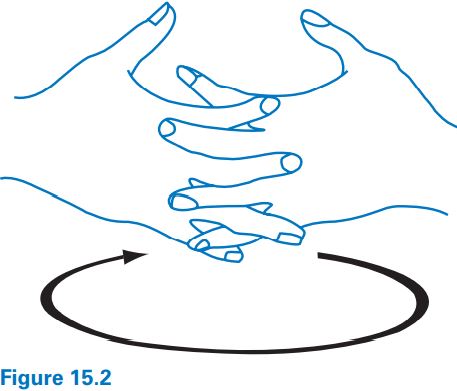


 Grammar
Grammar
 Tenses
Tenses
 Present
Present
 Past
Past
 Future
Future
 Parts Of Speech
Parts Of Speech
 Nouns
Nouns
 Verbs
Verbs
 Adverbs
Adverbs
 Adjectives
Adjectives
 Pronouns
Pronouns
 Pre Position
Pre Position
 Preposition by function
Preposition by function 
 Preposition by construction
Preposition by construction
 Conjunctions
Conjunctions
 Interjections
Interjections
 Grammar Rules
Grammar Rules
 Linguistics
Linguistics
 Semantics
Semantics
 Pragmatics
Pragmatics
 Reading Comprehension
Reading Comprehension|
Read More
Date: 2024-01-20
Date: 2024-01-10
Date: 9-3-2022
|
The meaning of signs
The signs of ASL are sometimes mistakenly believed to be simple visual representations or “pictures” of the objects and actions they refer to and the whole language is 204 The Study of Language thought to consist of a limited set of primitive gestures that look like objects or mimic actions in pantomime. Such misconceptions may persist because the hearing world rarely witnesses conversations or technical discussions conducted in ASL, which can range over every imaginable topic, concrete and abstract, and which bear little resemblance to any form of pantomime.
Interestingly, as non-users of ASL, when we are told that a sign is used to refer to a particular object or action, we can often create some symbolic connection that makes the relationship between sign and signified seem more transparent in some sense. We may look at the sign for THANK-YOU and see it as some appropriately symbolic version of the action of “thanking.”
However, most of the time, interpretation doesn’t work that way in the opposite direction. We normally find it difficult to get the meaning of a sign simply on the basis of what it looks like. Indeed, as when confronted with any unfamiliar language, we may not even be able to identify individual signs (words) in fluent signing. If we can’t see the “words,” we are hardly likely to be able to identify the “pictures” needed for their interpretation. Most everyday use of ASL signs by fluent ASL-users is not based on identifying symbolic pictures, but on recognizing familiar linguistic forms that have arbitrary status. As an experiment, try to decide what English word would be the translation of the common sign illustrated here.
In use, this sign consists of rotating both hands together with the fingers interlocked in front of the chest. Several different interpretations have been suggested for the source image of this sign. In one, it represents the stripes on a flag, in another, it’s a mixing pot, and in yet another it’s a coming together. To suggest that any of these images comes into the mind of a signer who uses the sign in conversation to refer to AMERICA is as absurd as proposing that in hearing the word America ,

an English speaker must be thinking about Amerigo Vespucci, the sixteenth-century Italian whose name is reputed to be the source of the modern word. The signs in ASL have their meanings within the system of signs, not through reference to some pictorial image each time they are used.
|
|
|
|
"عادة ليلية" قد تكون المفتاح للوقاية من الخرف
|
|
|
|
|
|
|
ممتص الصدمات: طريقة عمله وأهميته وأبرز علامات تلفه
|
|
|
|
|
|
|
أولياء أمور الطلبة يشيدون بمبادرة العتبة العباسية بتكريم الأوائل في المراحل المنتهية
|
|
|